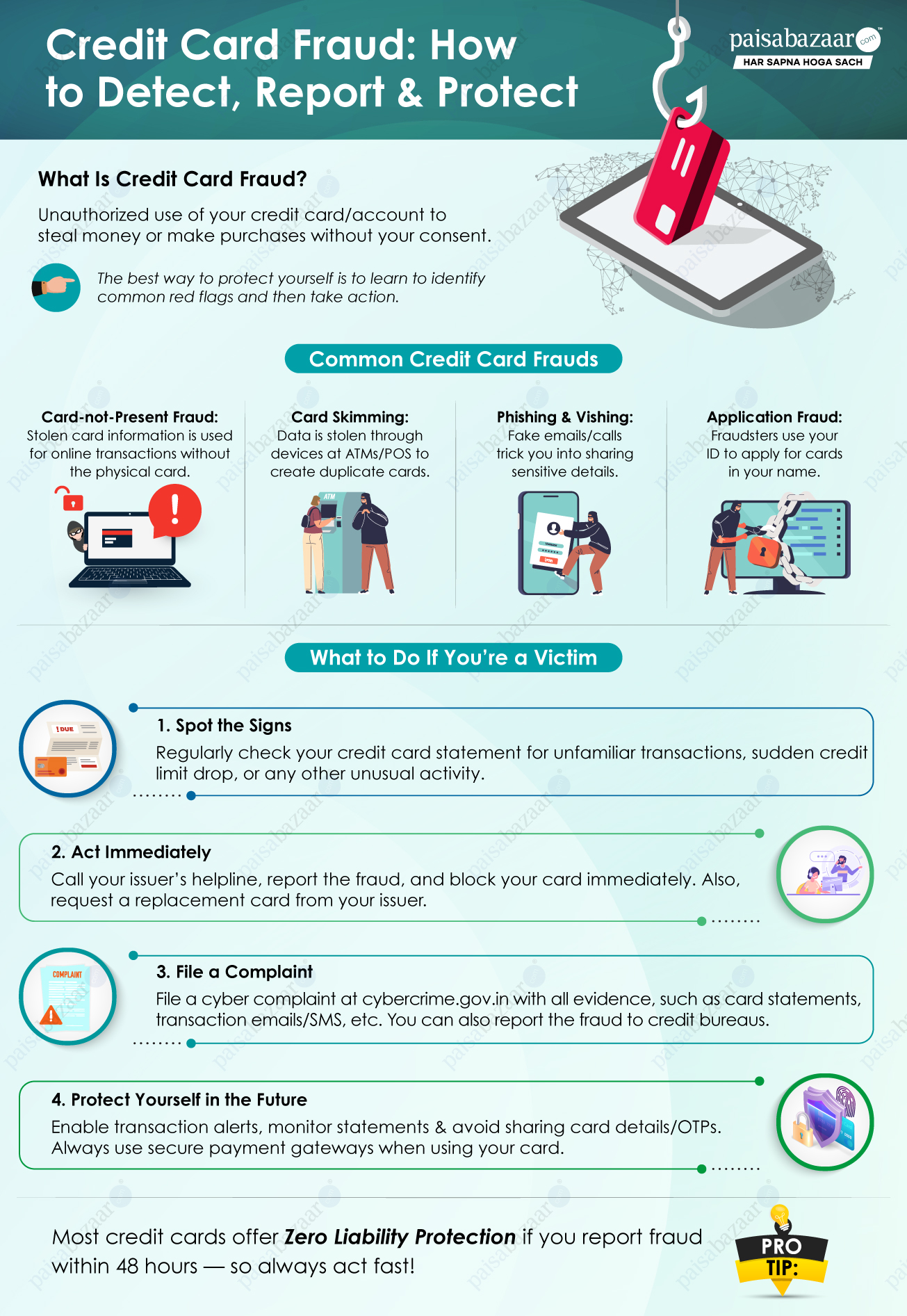Paisabazaar app Today!
Get instant access to loans, credit cards, and financial tools — all in one place
Our Advisors are available 7 days a week, 9:30 am - 6:30 pm to assist you with the best offers or help resolve any queries.
 Get the App
Get the App

Get instant access to loans, credit cards, and financial tools — all in one place

Scan to download on

In today’s digital age, the popularity of paperless payment options is on the rise. Most people prefer the quick and hassle-free experience of the payments done via credit or debit cards, net banking and UPI. However, this convenience often comes hand in hand with certain risks of frauds and scams. One such risk is the threat of phishing attacks, which can have damaging consequences, leading to financial loss, identity theft and compromised security. So, it becomes imperative that the cardholders stay vigilant to protect themselves from such scams.
To be prepared to deal with such situations, let us explore what phishing attacks on credit cards entail, the common tactics used by cybercriminals, and most importantly, how you can stay vigilant and protected.

Phishing attacks on credit cards typically involve using deceptive techniques to manipulate you into sharing sensitive information regarding your credit card, including the credit card number, CVV, PIN, and other such card details. These attacks can occur through various channels, like email, text messages, phone calls and even social media platforms. The scammer may impersonate a bank official, online retailer or someone affiliated to any other financial institution to gain your trust so that they can retrieve the card information from you. This information is then used to make fraudulent transactions without your consent or even sold to others. Such a data breach can get you into a financial crisis and also derail your credit profile by leading you into debt.
Credit card phishing scams often take place through social engineering. The victim is psychologically manipulated and is thus coerced into sharing the credit card information. So, in order to protect yourself from such phishing attacks, you must be first be aware of some of the common phishing techniques listed below that are employed to extract sensitive information:
Protecting yourself against phishing attacks on credit cards requires a combination of awareness, vigilance, and proactive measures. Here are some tips to help you stay safe:
With phishing attacks and other similar credit card frauds posing a high risk to your finances, it has become vitally important to secure your credit card virtually. To aid you in protecting your confidential card details and to prevent further financial frauds and losses, Paisabazaar has come up with the Wallet Protect service. This online facility not just acts as an added layer of protection against skimming or phishing attacks on your credit cards, but also comes with the single call block feature in case you lose your card, complimentary insurance coverage against cards, UPI or mobile wallet fraud, and many other such features to assist you in case of card theft/loss or other such fraudulent practices.
Phishing attacks on credit cards pose a significant threat to individuals’ financial security and privacy. Adopting certain online safety practices, including not adding your card on unknown or untrustworthy websites, not sharing any OTP or PIN with anyone, changing your card PIN regularly and monitoring the credit card transactions, in addition to the above-discussed protection measures can help you reduce the probability of getting scammed. Moreover, by staying vigilant and educating yourself about the dangers of phishing, you can further limit the risk of falling victim to such schemes and safeguard your overall financial well-being.